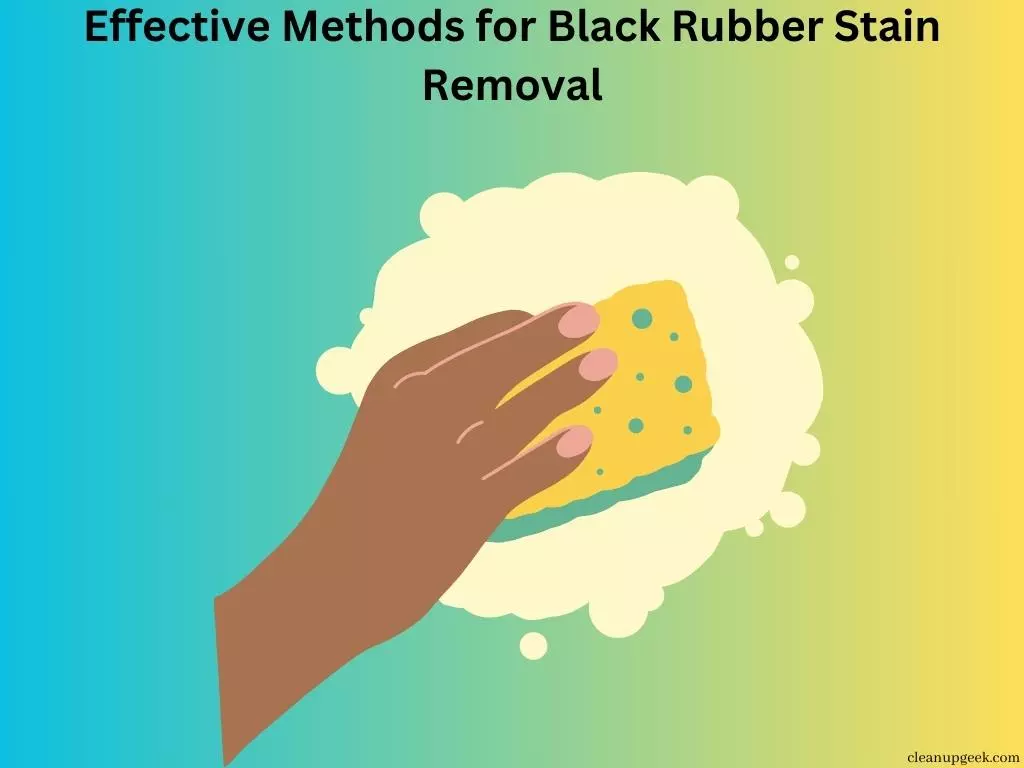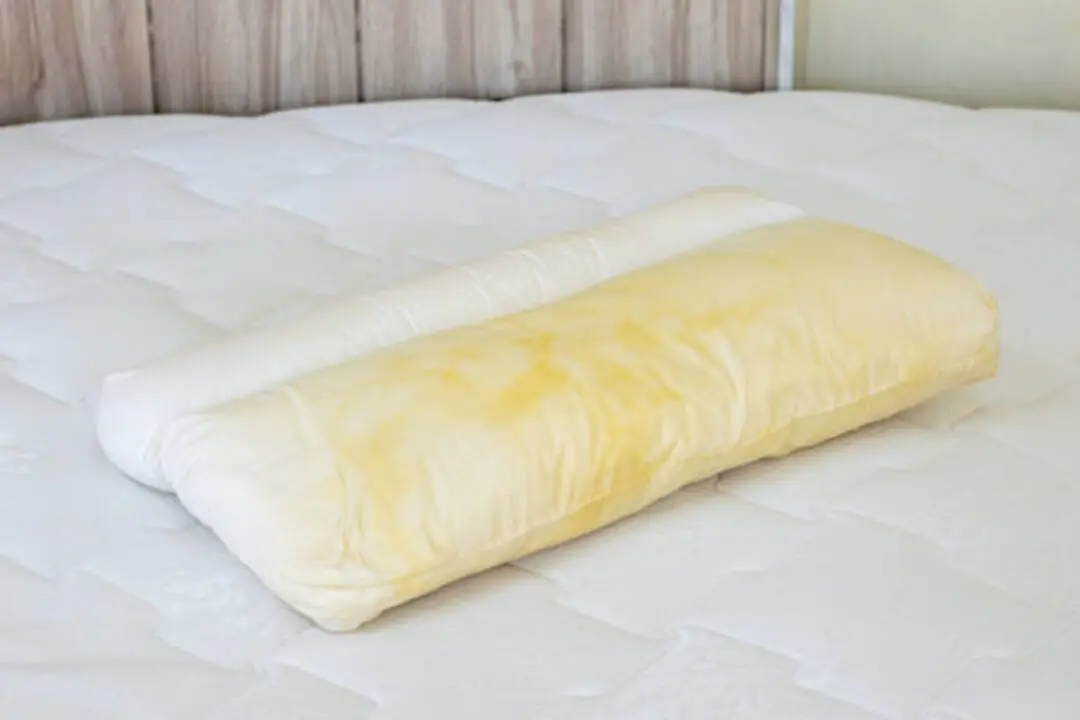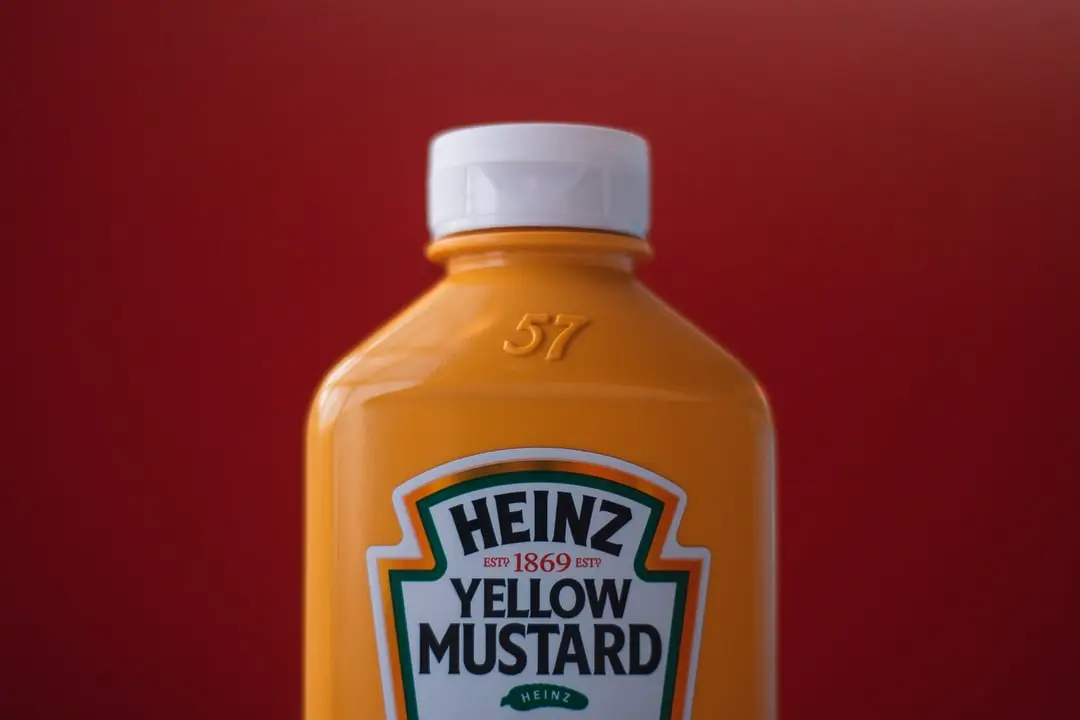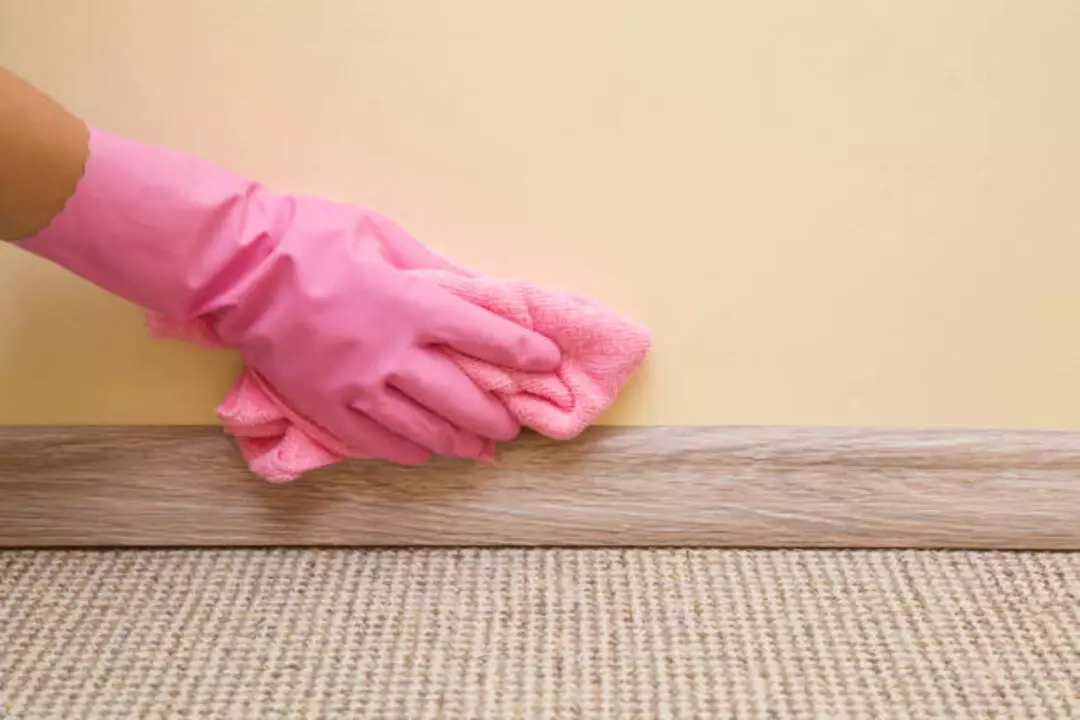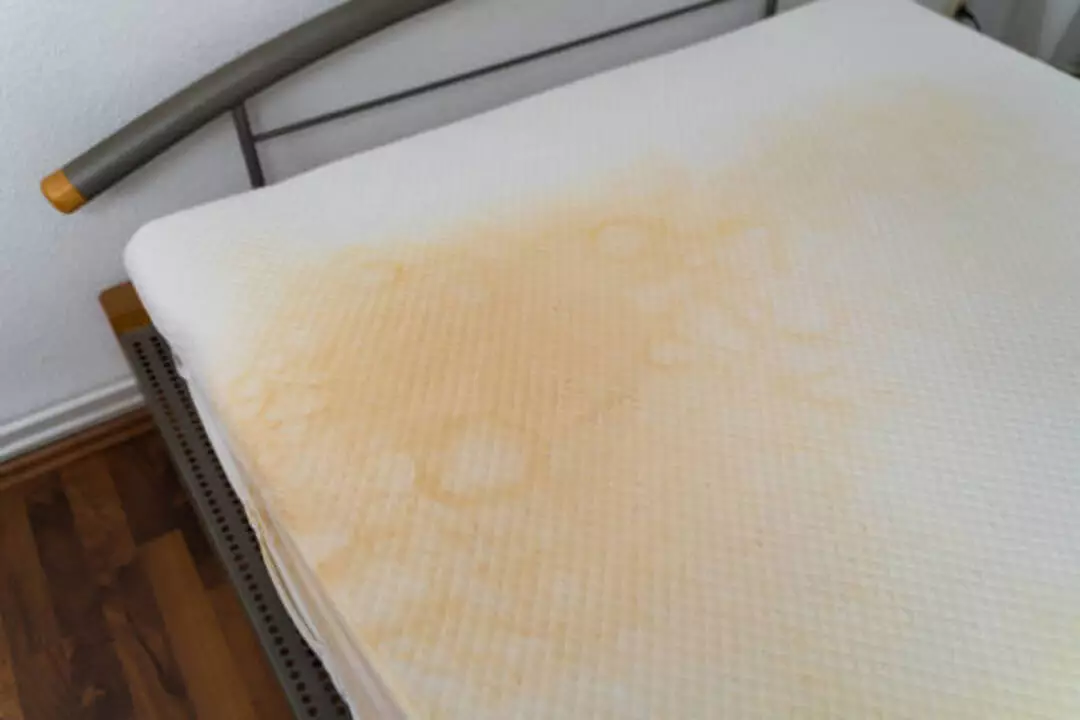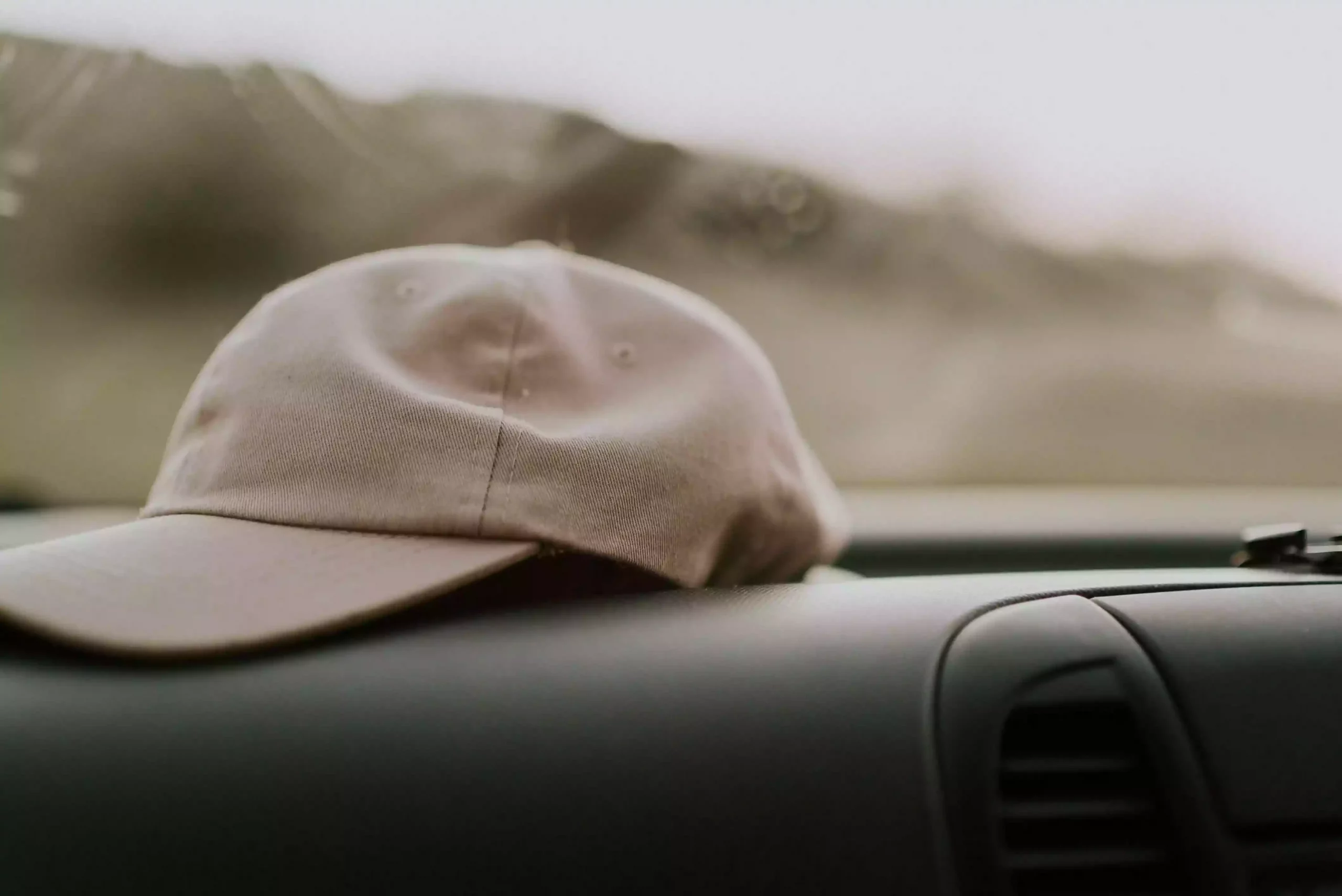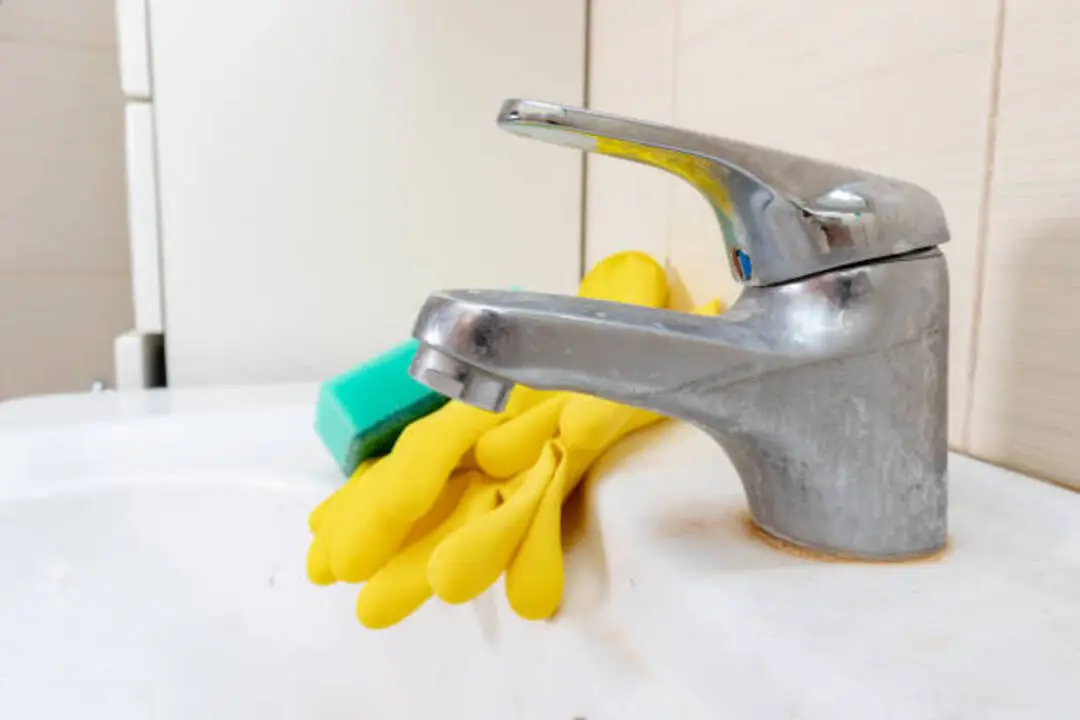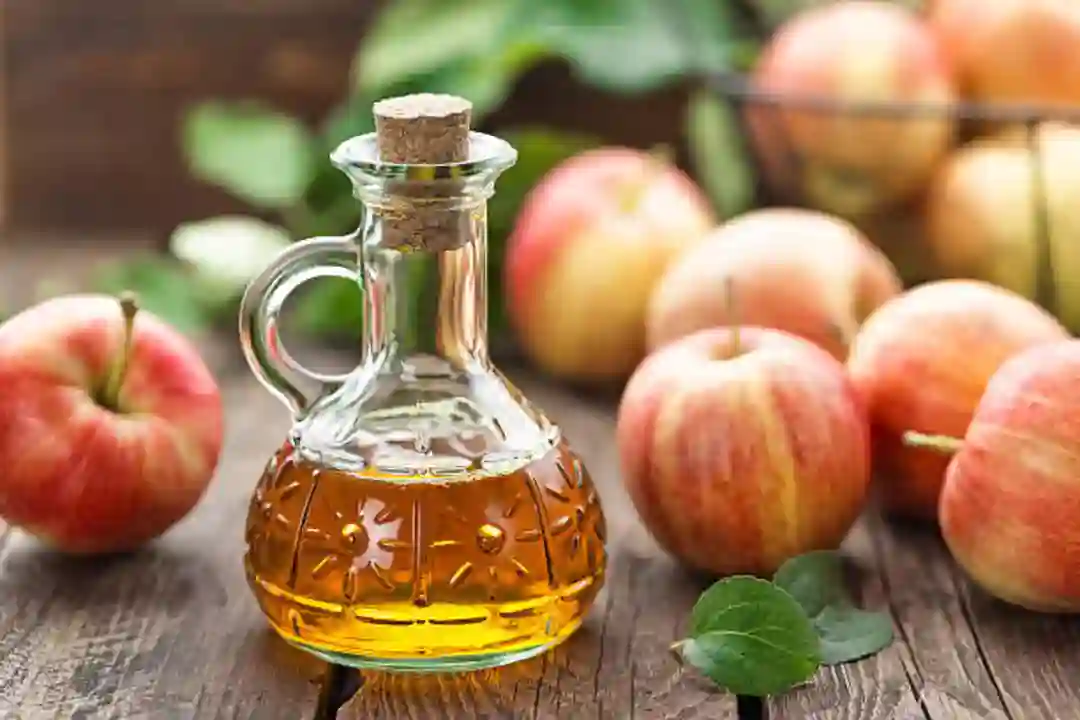Are stubborn black rubber stains giving you a headache? The American Cleaning Institute agrees that these can be some of the trickiest to address.
Our comprehensive guide offers effective methods for removing such stains, from understanding their causes to exploring various removal techniques.
Read on and wave goodbye to those annoying spots!
KEY INFORMATION
- Black rubber stains are caused by friction between rubber and surfaces, as well as chemical reactions with certain materials.
- When removing black rubber stains, consider factors like the surface type, age of the stain, and cleaning products or methods to be used.
- Effective methods for removing black rubber stains include scraping or peeling off the rubber, using solvents or cleaning agents, and applying heat or cold treatments.
- To prevent black rubber stains, use protective barriers, regularly clean and maintain surfaces, handle rubber items properly, avoid contact with prone surfaces, apply coatings or sealants, and promptly address residue or marks.
Causes of Black Rubber Stains
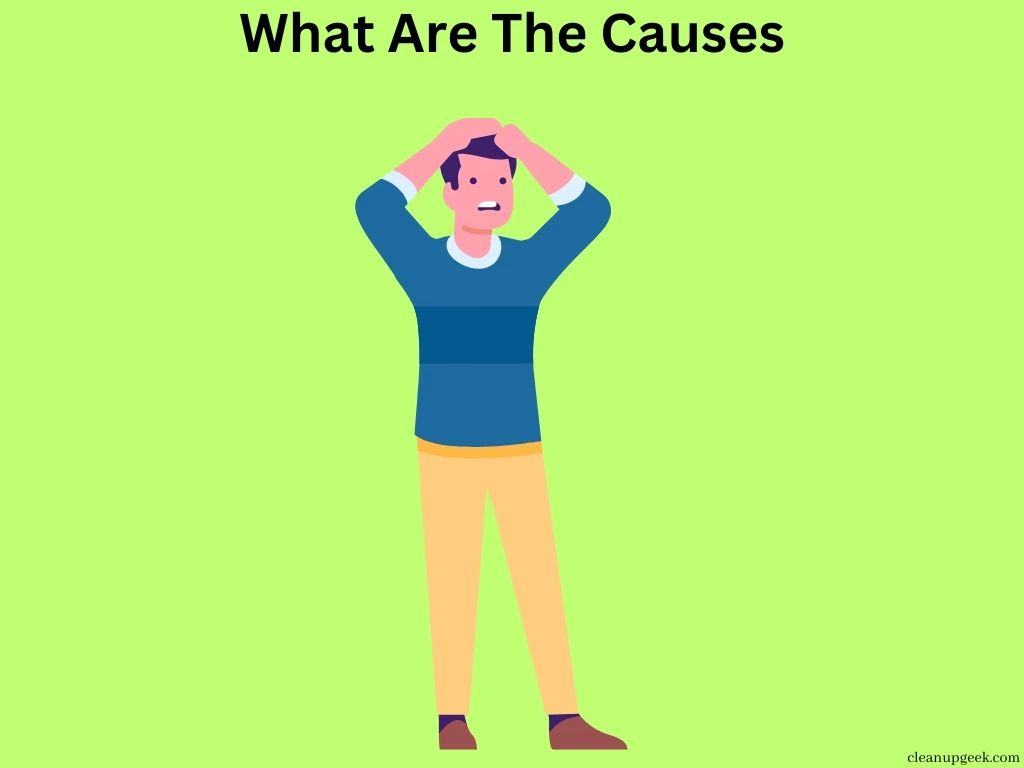
Black rubber stains can be caused by friction between rubber and surfaces, as well as chemical reactions that occur when rubber comes into contact with certain materials.
1. Friction between rubber and surface
Rubber and hard surfaces don’t mix well. As you use rubber items, they rub against surfaces. This rubbing is called friction. Friction causes heat and wear. Over time, small pieces of rubber break off and stick to the surface.
This leaves black marks or stains on the surface. This hurts the look of floors and walls in many places, like schools or sports areas where we use a lot of rubber goods.
2. Chemical reactions
Chemical reactions can also cause black rubber stains. When certain chemicals come into contact with rubber, they can react and create stains on surfaces. For example, if rubber comes into contact with oils or solvents, it can create a dark residue that is difficult to remove.
It’s important to be cautious when using chemicals around rubber to prevent staining. Always read the labels on cleaning products and avoid using ones that may damage or discolor rubber items.
Factors to Consider When Removing Black Rubber Stains

When removing black rubber stains, it is important to consider factors such as the surface type and material, the age of the stain, and the cleaning products and methods that will be used.
1. Surface type and material
The surface type and material are important factors to consider when removing black rubber stains. Different surfaces may require different cleaning methods to avoid damage. For example, a hard surface like tile or plastic can be scraped or wiped clean with solvents.
However, on delicate surfaces like fabric or leather, it’s important to use gentle cleaning agents and techniques to prevent further staining or discoloration. Additionally, the type of rubber and its interaction with the surface material can affect stain removal success.
So before attempting any method, make sure to identify the surface type and material for effective stain removal.
2. Age of the stain
The age of the stain is an important factor to consider when removing black rubber stains. Older stains can be more difficult to remove compared to fresh ones. Over time, the rubber residue can become hardened and ingrained into the surface, making it stubborn to clean.
It may require more time and effort to effectively remove an older stain. Therefore, it’s best to tackle black rubber stains as soon as possible for easier removal. The longer you wait, the harder it may be to get rid of the stain completely.
3. Cleaning products and methods
Here are some effective cleaning products and methods for removing black rubber stains:
- Use a mild detergent or dish soap: Mix a small amount of detergent or dish soap with warm water. Gently scrub the stained area with a sponge or soft cloth. Rinse with clean water and dry.
- Try rubbing alcohol or acetone: Apply a small amount of rubbing alcohol or acetone to a clean cloth and gently dab the stain. Be careful not to rub too hard, as it may damage the surface. Rinse with water and pat dry.
- Use baking soda paste: Make a paste by mixing baking soda with water until it forms a thick consistency. Apply the paste to the stained area and let it sit for about 15 minutes. Scrub gently with a brush or soft cloth, then rinse and dry.
- Lemon juice and salt mixture: Squeeze fresh lemon juice onto the stain, then sprinkle salt over it. Rub the mixture gently into the stain using a clean cloth or sponge. Let it sit for a few minutes, then rinse thoroughly and dry.
- Commercial stain removers: There are various stain removers available on the market specifically designed for rubber stains. Follow the instructions on the product label for best results.
Methods of Removing Black Rubber Stains

To remove black rubber stains, you can scrape or peel off the rubber, use solvents or cleaning agents, or apply heat or cold treatments.
1. Scraping or peeling off the rubber
To remove black rubber stains, you can try scraping or peeling off the rubber. Here’s how:
- Use a blunt object like a spoon or a dull knife to gently scrape off the rubber.
- Start from the edges of the stain and work your way towards the center.
- Be careful not to damage the surface underneath while scraping.
- If the rubber is stubborn and doesn’t come off easily, try using your fingers to peel it away.
- Pull it off slowly and carefully to avoid leaving any residue behind.
- Once you’ve removed as much rubber as possible, clean the area with a mild detergent and warm water to get rid of any remaining stains.
2. Using solvents or cleaning agents
To effectively remove black rubber stains, you can use solvents or cleaning agents. These substances help to break down the rubber and lift it off the surface. Here are some options to consider:
- Rubbing alcohol: Dampen a cloth with rubbing alcohol and gently rub the stain until it starts to dissolve.
- Acetone: Apply a small amount of acetone on a cloth or cotton ball and dab it onto the stain. Be gentle, as acetone can be strong and may damage certain surfaces.
- WD-40: Spray a small amount of WD-40 onto the stain and let it sit for a few minutes. Then, wipe away the rubber residue with a clean cloth.
- Dish soap solution: Mix dish soap with warm water to create a soapy solution. Dip a sponge or cloth into the mixture and blot the stain until it lifts.
- The American Cleaning Institute (ACI) offers a stain removal guide that provides tips on how to remove tricky stains like tomato sauce, grease, ink, and more.
3. Applying heat or cold treatments
Here are some methods for black rubber stain removal that involve applying heat or cold treatments:
- Heat treatment:
- Use a hairdryer to blow hot air onto the stained area. The heat can help soften the rubber and make it easier to remove.
- Place a warm cloth or heating pad on top of the stain. Leave it for a few minutes to allow the heat to penetrate the rubber before attempting to clean it.
- Cold treatment:
- Apply an ice pack or ice cubes wrapped in a cloth to the stained area. The cold temperature can harden the rubber, making it easier to scrape off or peel away.
- Freeze the rubber-stained item, if possible. Once frozen, gently scrape off the hardened rubber using a plastic scraper or your fingernail.
Preventive Measures for Black Rubber Stains

To prevent black rubber stains, you can use protective barriers, regularly clean and maintain surfaces, handle rubber items properly, avoid contact with prone surfaces, apply coatings or sealants, and promptly address residue or marks.
Don’t miss out on these essential tips to keep your surfaces stain-free!
1. Using protective barriers
To prevent black rubber stains from occurring in the first place, it’s important to use protective barriers. This can involve placing mats or rugs at entrances to catch any debris or dirt that may be on the rubber.
You can also use protective coatings or sealants on surfaces that come into contact with rubber items. This creates a barrier between the rubber and the surface, making it harder for stains to occur.
Additionally, consider using covers or cases for rubber items when they are not in use to protect them from potential staining agents. Taking these preventive measures can greatly reduce the likelihood of black rubber stains and make stain removal easier if they do happen.
2. Regular cleaning and maintenance
To prevent black rubber stains, it is important to practice regular cleaning and maintenance. By keeping surfaces clean and free from debris, you can minimize the chances of rubber leaving marks or residue behind.
Regularly wiping down surfaces with a damp cloth or using mild soap and water can help remove any accumulated dirt or grime. Additionally, properly storing and handling rubber items can prevent them from causing stains.
Store rubber objects in a cool, dry place away from direct sunlight and avoid placing them on surfaces that are prone to staining. Promptly address any rubber residue or marks by cleaning them as soon as they appear to prevent them from becoming more difficult to remove later on.
3. Proper storage and handling of rubber items
To prevent black rubber stains, it’s important to store and handle rubber items properly. Store them in a clean and dry area away from direct sunlight, extreme temperatures, and chemicals that could cause staining or degradation.
Keep rubber items separate from each other to avoid friction that can lead to stains. When handling rubber objects, make sure your hands are clean and free of substances that could transfer onto the rubber.
Avoid placing rubber on surfaces prone to staining, such as unfinished wood or rough concrete. By taking these preventive measures, you can maintain the cleanliness and quality of your rubber items without worrying about unsightly black stains.
4. Avoiding contact with surfaces prone to staining
To prevent black rubber stains, it’s important to avoid contact with surfaces that are prone to staining. Some surfaces can easily absorb the rubber and leave stubborn marks. Be cautious when placing rubber items on delicate materials or porous surfaces like fabric, wood, or unfinished stone.
Instead, use protective barriers such as mats or towels to create a buffer between the rubber and the surface. This will help minimize the risk of staining and make cleanup easier.
Remember, prevention is always better than trying to remove stains later on!
5. Applying protective coatings or sealants
To prevent black rubber stains, applying protective coatings or sealants can be an effective measure. These coatings create a barrier between the rubber and the surface it comes into contact with, reducing the chances of staining.
They can be applied to various surfaces like floors, countertops, or equipment that often encounter rubber contact. By creating a protective layer, these coatings make it easier to clean and remove any potential stains caused by the friction between the rubber and the surface.
Regularly inspecting and reapplying these coatings will help maintain their effectiveness in preventing black rubber stains.
6. Promptly addressing any rubber residue or marks
If you notice any rubber residue or marks, it’s important to address them promptly. Leaving rubber residue on surfaces can lead to stains that are harder to remove later on. To prevent this, act quickly and wipe away any visible rubber marks using a cloth or sponge.
If the residue is stubborn, you can try using a mild detergent or cleaning agent specifically designed for the surface you’re working with. Remember to follow the manufacturer’s instructions and avoid using harsh chemicals that could damage the material.
By taking immediate action, you’ll have a better chance of removing the rubber residue effectively and preventing any potential staining.
Frequently Asked Questions

1. What causes black rubber stains on clothes?
Black rubber stains often come from hard-to-remove things like shoes or car tires rubbing against the clothes.
2. Can you guide me toward effective methods for removing stubborn rubber stains?
Sure! Methods of stain removal include brushing, flushing, and pre-treating. Some tough stains might need more tricks like specific stain removal techniques.
3. What factors should I consider when using these black stain removal methods?
You must think about what caused the stain and how long it’s been there before choosing a method of removing different types of stains.
4. Is there a way to prevent getting these common stains on my clothes?
Yes! There are various stain prevention measures that can be taken to avoid getting black rubber marks on your clothes in the first place.
5. Do all these same tips work for other kinds of tough-to-remove spots too?
Most certainly! These effective stain-removal methods can also be used to remove other sorts of stubborn dirt marks as well.
Conclusion and final thoughts
In conclusion, this comprehensive guide has provided effective methods for removing black rubber stains.
By understanding the causes of these stains and considering factors such as surface type and the age of the stain, you can choose the best method for removal.
Whether it’s scraping off the rubber, using solvents or cleaning agents, or applying heat or cold treatments, there are various options available to tackle these stubborn stains.
Additionally, implementing preventive measures like using protective barriers and regularly cleaning and maintaining surfaces can help prevent black rubber stains from occurring in the first place.
So now you have the knowledge to effectively remove these pesky stains and keep your surfaces clean and free from rubber marks!
